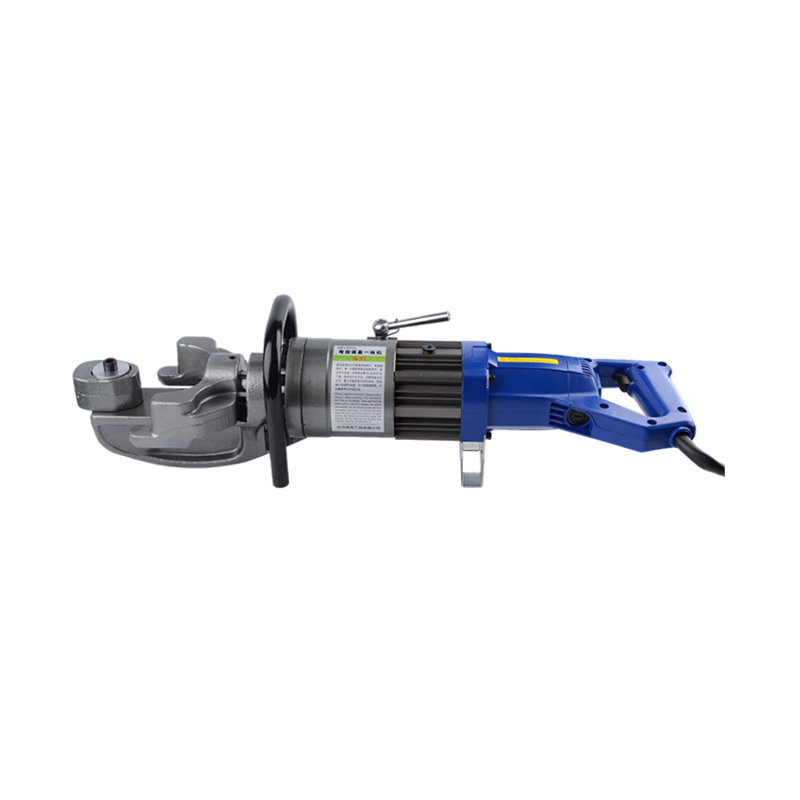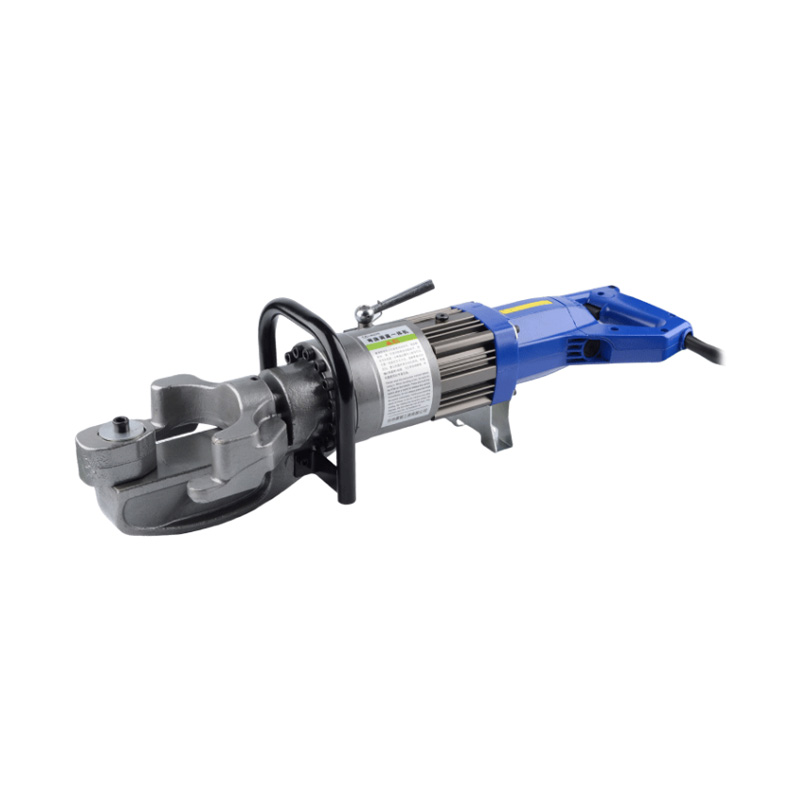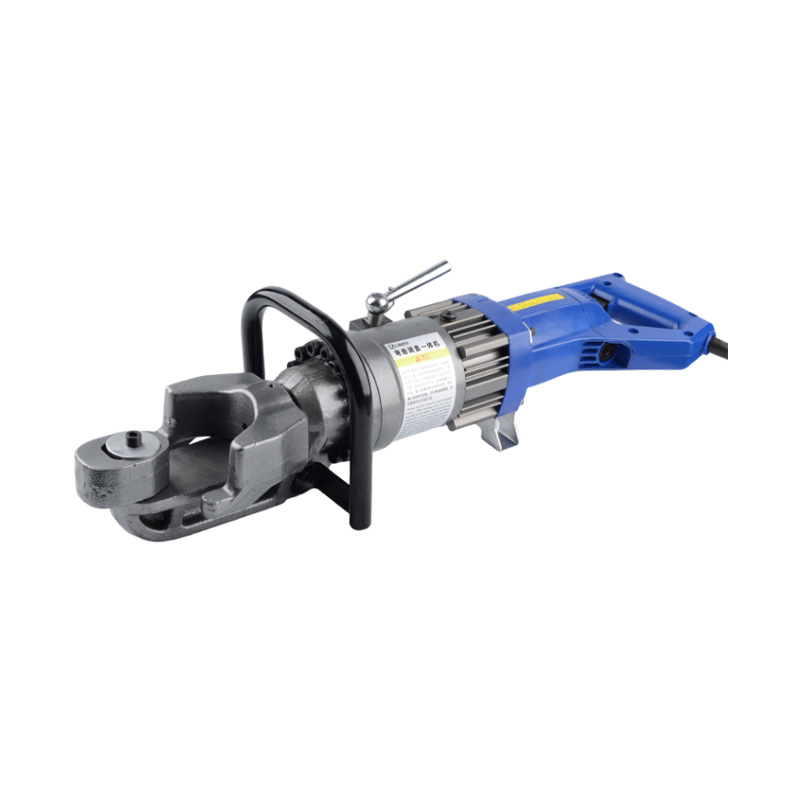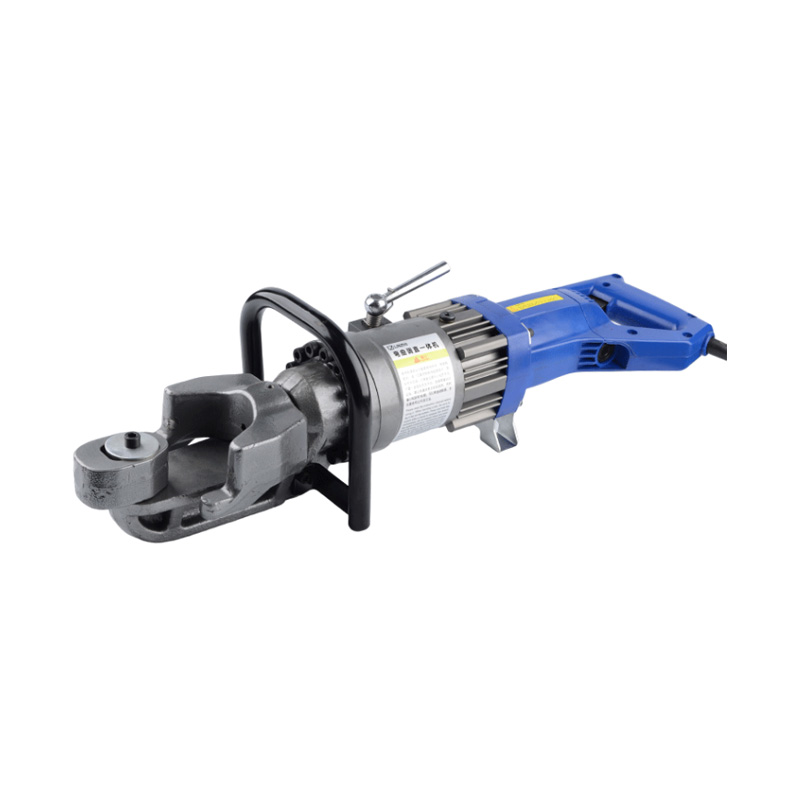In workshops and construction sites around the world, the task of shaping metal tubing and piping is a fundamental requirement for countless projects. The tool that has become synonymous with this precise and demanding task is the hydraulic pipe bender. This powerful machine utilizes hydraulic force to form consistent and accurate bends in various types of pipe and conduit, serving as an essential piece of equipment in industries ranging from plumbing and construction to automotive fabrication and custom metalworking. The widespread adoption of the hydraulic pipe bender has revolutionized these fields, enabling the creation of complex frameworks and fluid transport systems with a level of efficiency and repeatability that was previously difficult to achieve.
The core principle behind a hydraulic pipe bender involves the controlled application of force. At the heart of the system is a hydraulic cylinder, which provides the substantial linear power required to deform metal. The operator typically positions a length of pipe securely within a set of dies—a forming die that defines the bend radius and a counter-die or clamp die that holds the pipe in place. When activated, the hydraulic cylinder pushes a ram or shoe against the pipe, forcing it to conform to the shape of the die. This method allows for a high degree of control over the bend angle and helps to less undesirable deformations like kinking or flattening, ensuring the internal diameter of the pipe remains as clear as possible for its intended application.
The versatility of the hydraulic pipe bender is one of its lots of significant advantages. Modern machines can be configured with interchangeable sets of tooling, allowing a single hydraulic pipe bender to process a range of pipe diameters and wall thicknesses. Furthermore, advanced models offer features like programmable controls, which store bend angles and sequences for repetitive production work. This programmability enhances consistency, reduces the potential for operator error, and significantly boosts productivity in high-volume fabrication environments. The basic, manually operated hydraulic pipe bender remains a valuable tool for smaller shops and on-site jobs, demonstrating the adaptability of this technology to different scales of operation.
The applications for a hydraulic pipe bender are extensive and critical to modern infrastructure. In the construction industry, a hydraulic pipe bender is used to form the structural elements for handrails, create custom plumbing and gas lines, and bend conduit for electrical wiring systems. Automotive manufacturers and restoration specialists rely on the hydraulic pipe bender to fabricate complex exhaust systems, roll cages, and custom fuel lines. The machine's ability to work with materials such as steel, stainless steel, aluminum, and copper further broadens its utility across different industrial and artistic metalworking disciplines.
Looking ahead, the future of the hydraulic pipe bender is likely to see further integration with digital technology. The trend is moving towards even more sophisticated computer-numerical-control (CNC) systems that can manage multiple axes of movement, creating complex, three-dimensional bends from a digital blueprint with a high degree of precision. Developments in tooling design and hydraulic system efficiency continue to focus on improving bend quality, reducing setup times, and lowering overall operational costs. As a fundamental tool for shaping metal, the hydraulic pipe bender will continue to be a cornerstone of fabrication and construction, evolving to meet the precise and demanding requirements of future projects and industrial standards.
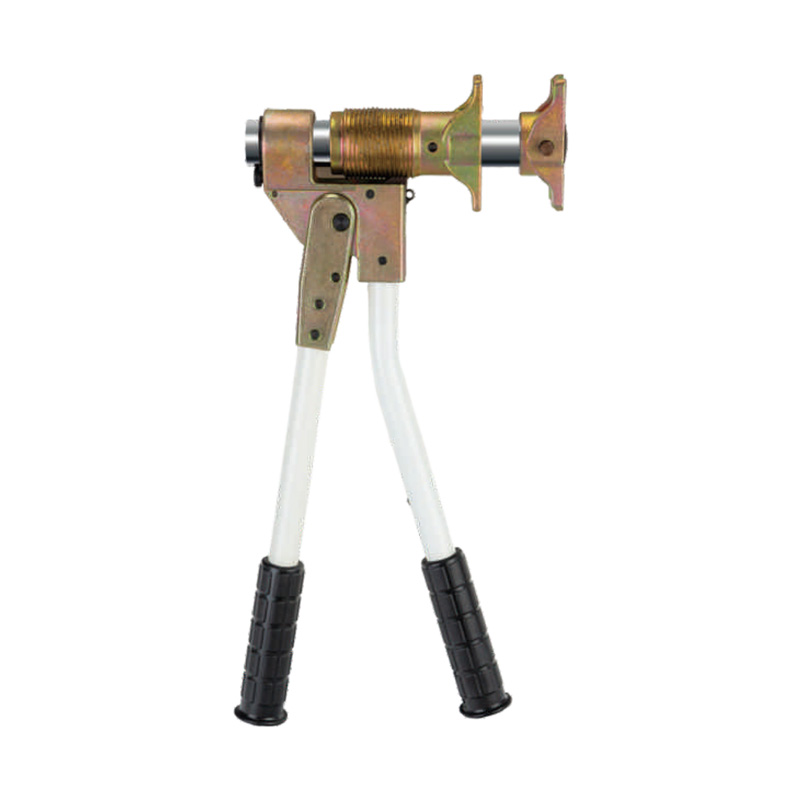

 English
English 中文简体
中文简体 русский
русский GET A QUOTE
GET A QUOTE

